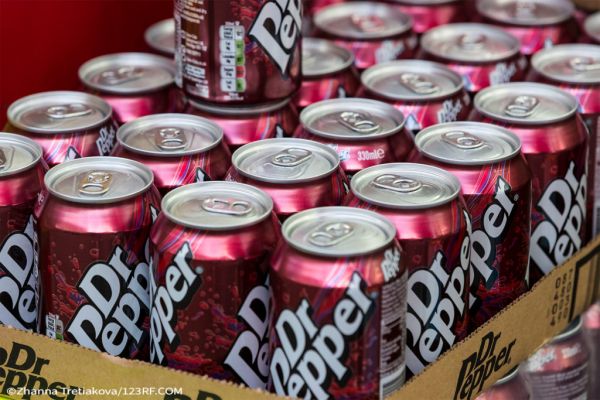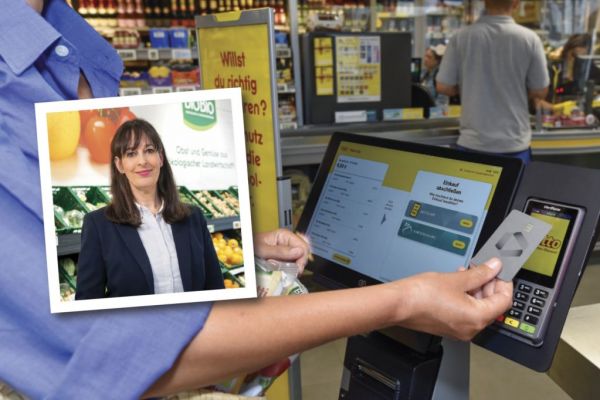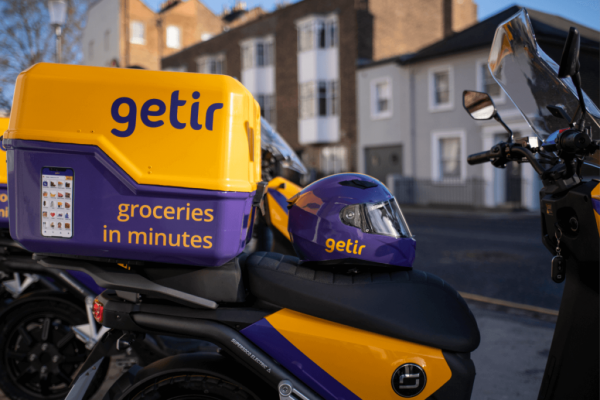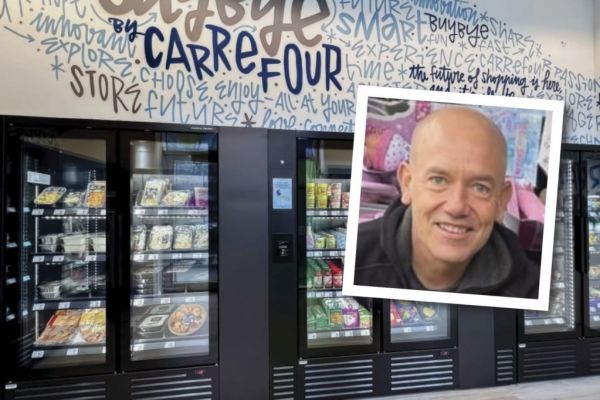E-cigs have hit a wall.
After at least five years of steady growth, sales of the US tobacco industry’s most-hyped product since menthol fell for the first time in May and June. That’s potentially bad news for an industry struggling to offset falling sales of traditional smokes. It also presents a challenge to Reynolds American Inc., which agreed to sell the popular Blu e-cig brand as part of its proposed acquisition of Lorillard Inc. The newly merged company would be left to rely on Vuse, an e-cig line created by Reynolds that’s only now being widely distributed.
After betting on sleek disposable electronic cigarettes, the industry is grappling with rising competition from generic vapourisers that can be refilled with nicotine liquid of many flavours. What’s more, efforts to lure regular smokers to e-cigs are faltering because most return to the real thing.
Modernised Cigarette Seeks Respectability
“There’s clearly a willingness to try the product, the problem is the technology is just not good enough,” said Vivien Azer, an analyst for Cowen & Co. in New York. “If it’s not good enough in terms of replacing a cigarette, smokers are going to stay with the cigarette.”
Sales of e-cigs and refillable vapourisers more than doubled to $1.7 billion in 2013, or 1.7 per cent of a roughly $100 billion market for nicotine products. The first signs of a slip came this year. Sales of packaged electronic smoking devices fell 2.9 per cent in the four weeks ended May 18 compared with the previous year, according to data from Chicago researcher IRI. Sales slid twice as fast the following month.
Melon-Flavoured Nicotine
“The disposables are on their way out,” said Matt Lamb, whose Just Smoke shop in Atlanta sells an array of e-cigarettes, tanks and liquids, including the melon-flavoured “4 Play” by Fantasia.
Asked about the sales slowdown after the deal was announced yesterday, Lorillard Chief Executive Officer Murray Kessler said “it’s normal for a brand new category to have some sort of ups and downs.”
Electronic cigarettes, invented in 2003 by a Chinese pharmacist, mimic the look of combustible cigarettes and use an electrical charge from a small battery to evaporate liquid nicotine into a vapour that is inhaled and exhaled like smoke. Known as “vaping,” there is no burning tobacco to generate smoke or tar. Early e-cigs were mostly made in China and not known for their quality. Upstarts like Blu upped the ante with sleek, well-designed e-cigs. After watching their growing popularity, US tobacco companies waded in, too.
Blue Tip
Lorillard, based in Greensboro, North Carolina, paid $135 million for Blu, so named because its e-cigs feature a glowing blue tip, and initially targeted puffers tired of the anti-smoking police. One ad featured a scowling granny. “Dear Smoking Ban,” she said, brandishing a middle finger. Blu, now sold in about 150,000 retail outlets, is the top-selling electronic cigarette in the US.
Reynolds, based in Winston-Salem, North Carolina, spent more than five years developing Vuse. The sleek, stainless-steel e-cig features a microprocessor the company says delivers consistent puffs of nicotine. Last year, Reynolds began promoting Vuse on TV, the first time it had advertised on the medium in 43 years. The commercial featured lab technicians in white coats and at first glance could have been confused with an ad pitching a smartphone or tablet.
Altria Group Inc., the largest US tobacco marketer, also has an e-cig brand, called MarkTen.
TV Advertising
In April, the industry got some good news on the e-cig front. While the US Food and Drug Administration said it intended to limit sales of electronic sales to minors, ban free samples and require nicotine addiction warnings, the agency declined to prohibit TV advertising or flavoured products.
Despite all the celebrities spotted vaping at awards ceremonies and the bullish projections from analysts, e-cig sales growth had already started slowing early this year, according to IRI.
Lorillard’s own data suggest why. Just 26 per cent of smokers who tried e-cigs came back to vape another, the company said at an analyst conference in June of last year. That was up from about 22 per cent two years earlier.
“So 75 per cent of trials result in rejection of the technology,” said Azer, who added Cowen’s proprietary research confirms the statistic. “While the e-cigarette is widely viewed as a close substitute to cigarettes, for an actual cigarette smoke it really does not mimic the experience.”
Vapour Clouds
A lack of battery life and adequate power to create billowy vapour clouds are among the problems noted by smokers, Azer said. Robust and consistent nicotine delivery is another problem. And the feel of e-cigs in the mouth and throat isn’t a close enough substitute, she said. About 80 per cent of regular e-cig users still smoke regular cigarettes, Lorillard has said.
“There’s just too much of a divide between what the combustible cigarette smoking experience is like and what the e-cigarette experience is like,” Azer said.
Some consumers have shunned cigarette-like packaged e-cigs for refillable vapourisers that allow users to control nicotine content and flavour with a single pipe-like device. Some versions use a small tank that can be injected with nicotine liquid purchased in bulk.
Price Challenge
Price is another issue, said Lamb, the Atlanta smoke shop manager. His customers can pay about $10 for a Blu throwaway e-cig that’s equivalent to about one pack of traditional smokes. Or, they can spend $21 for a nail polish-sized bottle of nicotine liquid and a refillable cigarette -- complete with a battery charger that plugs into a computer -- that equals a carton’s worth of puffs.
The trend hasn’t escaped Lorillard. The company has recruited users with its disposable e-cigs only to lose some to refillable vapourisers, CEO Kessler said during a May 13 investor conference hosted by Goldman Sachs Group Inc. The devices are larger and have more battery power, allowing them to create more vapour, he said.
Yesterday Kessler said investments in marketing and technology will re-ignite sales growth. Vuse, MarkTen and Blu are working to catch up with rivals’ superior battery technology, he said. In the same interview, Reynolds CEO Susan Cameron touted a new “heat-not-burn” technology that heats real tobacco leaf and may be more palatable to regular smokers.
“Our objective is to become the vapour authority,” she said.
Bloomberg News edited by ESM














